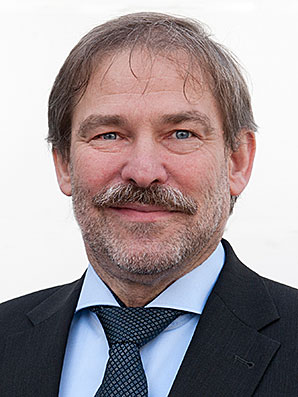What happened at the Super Bowl in February 2013? What was the cause of the outage?
A blackout lasting half an hour - made even worse by the fact that it occurred during the Super Bowl, the USA's biggest sporting event. The scoreboard was black for more than half an hour, and even the emergency lighting on the hall ceilings was only partially lit. The final between San Francisco and Baltimore, in New Orleans' Superdome, had to be interrupted for 36 minutes.
After the game, electricity provider Entergy and stadium operator SMG explained that a defective measuring device had led to a system abnormality. Apparently this led to the electricity supply being automatically shut down to isolate the fault.
What are the odds the odds that it will happen again?
The event organizers have certainly taken all possible precautions this time. In general, widespread electricity outages occur fairly frequently in the United States. The average German citizen has 17 minutes a year without electricity; in some areas of the US this figure can be ten times as high. There are huge distances covered by partially outdated, poorly maintained cabling. Should an outage occur, it's not easy to arrange a replacement power supply. Poor network infrastructure alone cannot cause a blackout, but often a combination of factors is responsible for total power failure: a power plant being shut down without prior warning, extreme temperatures, natural catastrophes like a lightning strike or a storm, cyber attacks and inadequate communication between distribution system operators and energy providers.
How can blackouts be prevented in the future?
Critical elements of infrastructure like data centers or management and control systems, as well as places of assembly, have particular requirements as far as their own infrastructure is concerned: for example, structural protection, back-up supply systems and procedures for emergency electricity supply. The network has to be able to cope with increasing volatility both from a consumer and a producer perspective.
However, although most power cuts, such as the one during the 2013 Super Bowl, only last a few minutes, or hours, interconnected transnational energy networks are increasingly more prone to complete system failure. Energy supply systems are more and more interconnected. And while this brings benefits, there are downsides: a power cut in one region can quickly lead to a chain effect.
Allianz Risk Consulting/the Allianz Center for Technology (AZT) has been involved with damage investigation and prevention for over 80 years. This renowned institution with its unique expertise is the Allianz Group's leading consulting company for safety, risk and technology. Several case studies have already been used to research the scope of various power cuts.
